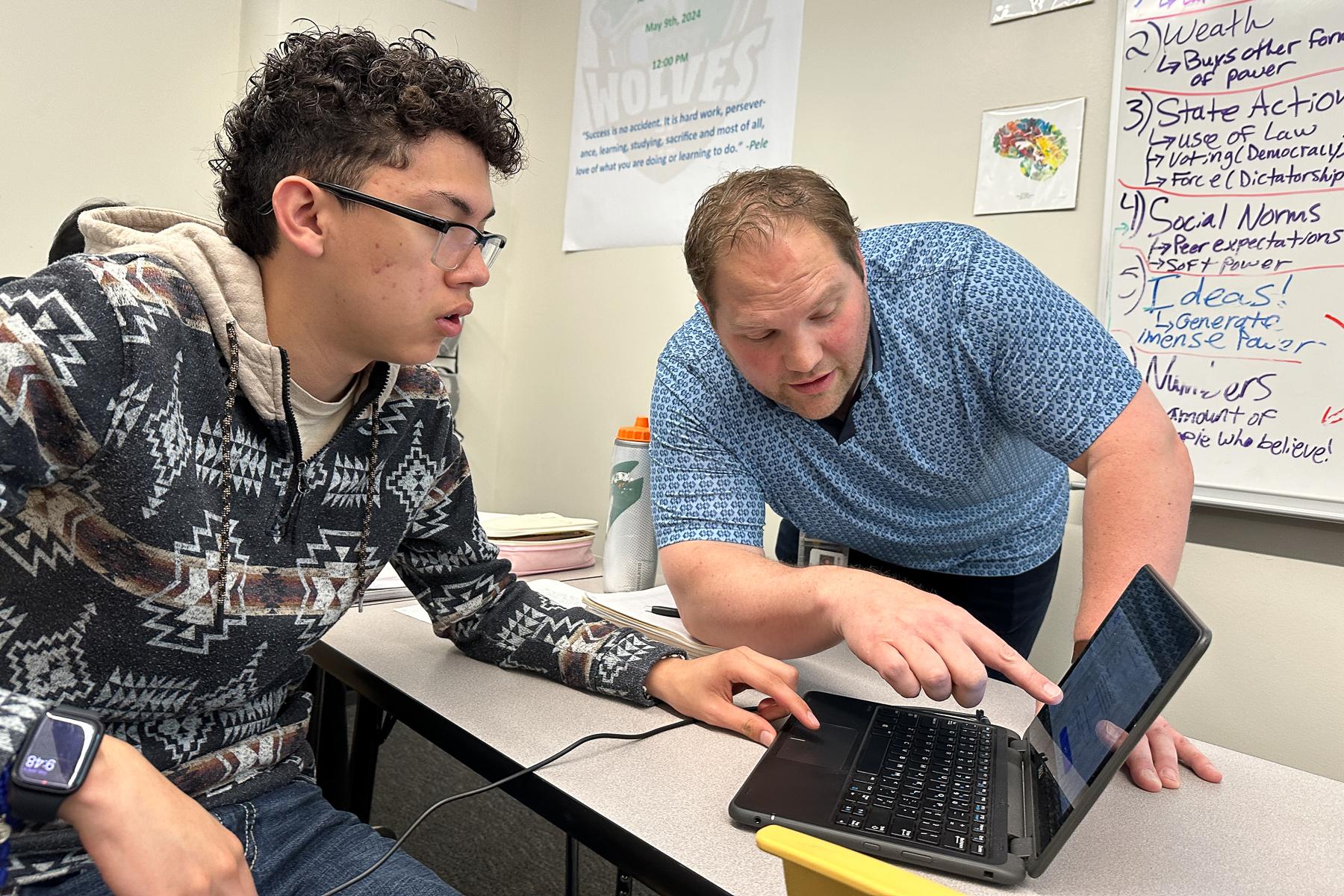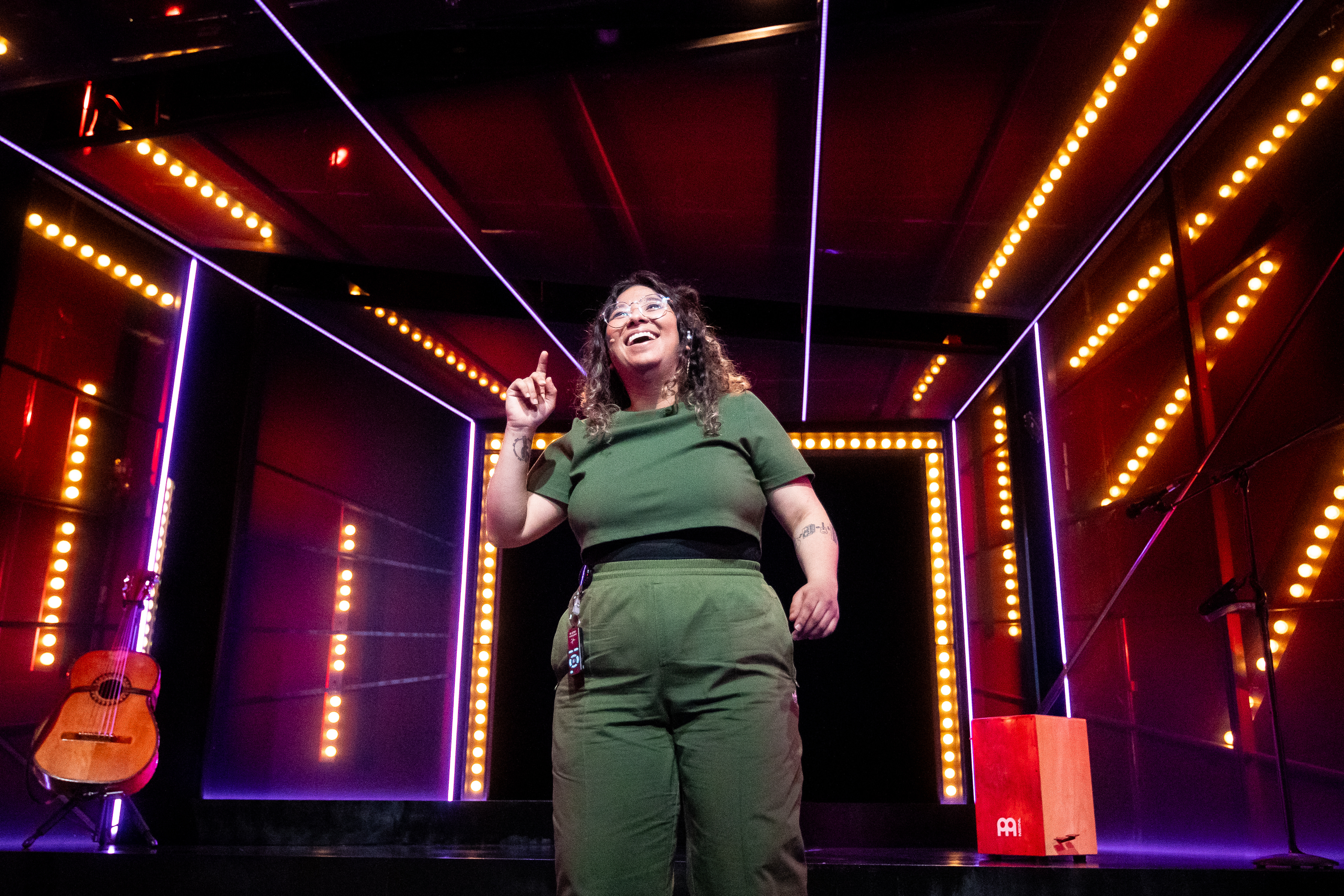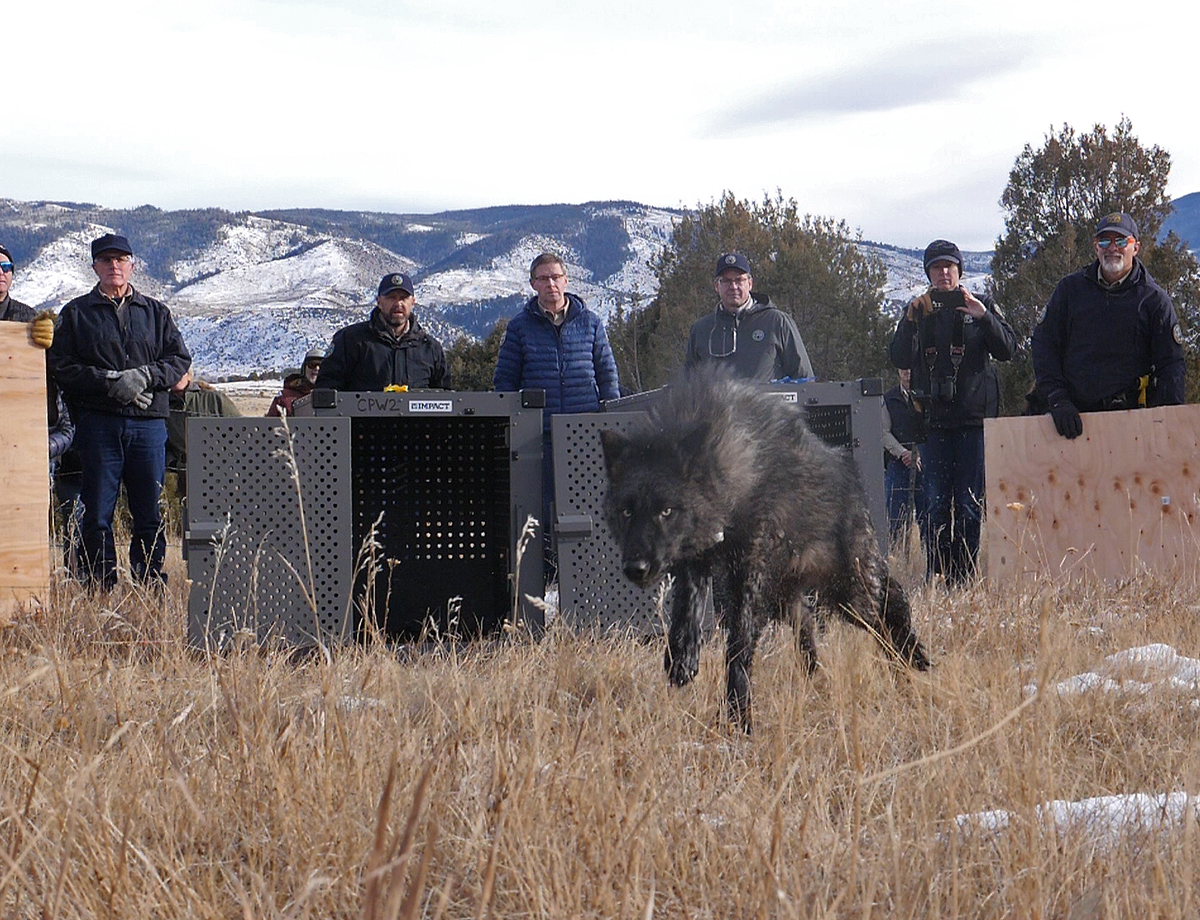![[Boy at Fine Arts Center] by Myron Wood, June 1960. Copyright PPLD. Image Number: 002-5808.](https://i1.wp.com/wp-cpr.s3.amazonaws.com/uploads/2014/03/Boy_at_Fine_Arts_Center.jpg)

Last week I traveled to Seattle for a convention of writers — more than 10,000 of them — in a massive convention center. The event was bustling and hectic and hyper-scheduled from early morning to late at night. Harried conventioneers with plastic nametags lugged heavy totebags, studied maps and diagrams, and rushed up escalators and down long corridors from panels to readings, to absorb wisdom and inspiration for their art.
At the epicenter of the convention, in two massive ballrooms that, combined, were the size of half a football field, stood long lines of tables with hundreds of vendors selling books, journals, subscriptions and services — the place where art and commerce merged to a common currency.
It was all overwhelming and stimulating and inspiring, and I was glad at the end of every day to be staying a mile south of the constant buzz of the convention in a quiet waterfront neighborhood. Every evening I walked a new route back to my hotel, past smartly dressed young women in their bright scarves and leather boots and hip young men in their burnt orange denims, past panhandlers carrying all their earthly possessions on their backs, past slick modern hotels and coffee shops and aromatic ethnic markets.
It was all remarkably civilized and orderly, and the sun was shining most days and at sunset the bay turned purple as ferries plowed across it to distant forest-covered peninsulas.
At the end of the week and the end of my ability to absorb another single word about writing or the business of writing, with a day to pass before I had to board a plane home, I walked to the Seattle Art Museum to see an exhibit of Spanish painter Joan Miro’s late work, “The Experience of Seeing.” The day was rainy and cold, and jumping puddles, it occurred to me that over four days in downtown Seattle I had seen just one stroller and fewer children than I could count on the fingers of one hand. So it was a pleasant surprise to find the art museum abuzz with kids.
“For me,” said Miro, “the essential things are the poetic and artistic occurrences, the associations of forms and ideas: a form gives me an idea; this idea evokes another form, and everything culminates in figures, animals and things I had no way of foreseeing in advance.” The artist was 81 years old when he said this, and the work on display in Seattle was all produced in the last 20 years of his life. He died at 90.
“Look at that!” said a tiny black-haired boy in red tennis shoes, pointing to a large abstract canvas. “What’s that?”
“What do you think it is?” said his mother, a baby slung across her chest.
“A lady,” he said. “A lady and a bird.”
“That’s right,” said the mother, and I read the placard on the wall: Woman and Bird. Red obelisk, blue circle, yellow half moon. Woman and bird.
On another wall, another large canvas splashed with black lines, some short and quick, others wavering horizontally.
“What’s that?” said the boy, bouncing on the balls of his feet.
“What do you think it is?” the mother said, rubbing the baby’s head, downy like a baby bird’s.
“Words!” he said, and ran across the gallery to examine a sculpture.
I checked the wall plaque: Poéme. A painting of a poem.
“In painting, you should be able to discover new things each time you look at it,” said Miro, his quote inscribed across the gallery’s long wall. “For me, a painting must give off sparks. It must dazzle like the beauty of a woman or a poem. It must radiate like the flints that shepherds in the Pyrenees use for lighting their pipes.”
In a corner of the exhibit, behind curtains, a documentary interview filmed when the artist was in his 80s, played on a large screen. Miro’s lined face in extreme close-up betrayed many hours spent in the sun and robust physical vitality.
How important are your dreams to the artistic process? the interviewer asked, off-screen. Miro frowned. “When I sleep, I sleep,” he said. “When I am awake, I am always dreaming.”
The boy and his mother walked into the curtained area and the boy edged up close to the screen, up to the giant face towering above him.
“I have a baby,” he said to the old man. He pointed to the bundle on his mother’s chest.
“Let’s go,” said the mother. The old man smiled.
“Bye-bye,” said the boy, waving at the giant face. “Bye-bye.”
Kathryn Eastburn is the author of A Sacred Feast: Reflections of Sacred Harp Singing and Dinner on the Ground, and Simon Says: A True Story of Boys, Guns and Murder in the Rocky Mountain West. You can comment and read or listen to this column again at The Big Something at KRCC.org. “The Middle Distance” is published every Friday on The Big Something and airs each Saturday at 1 p.m. right after This American Life.








